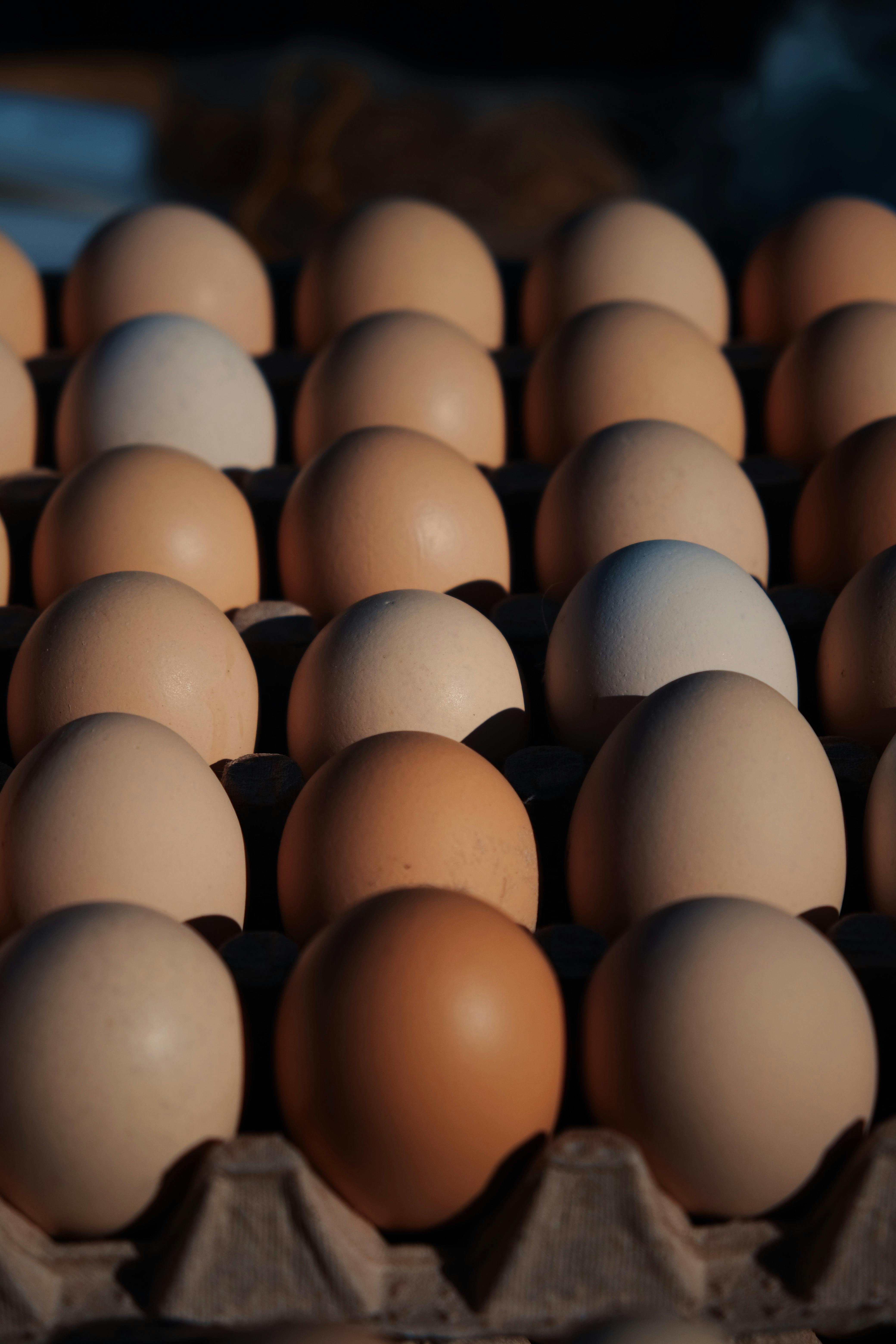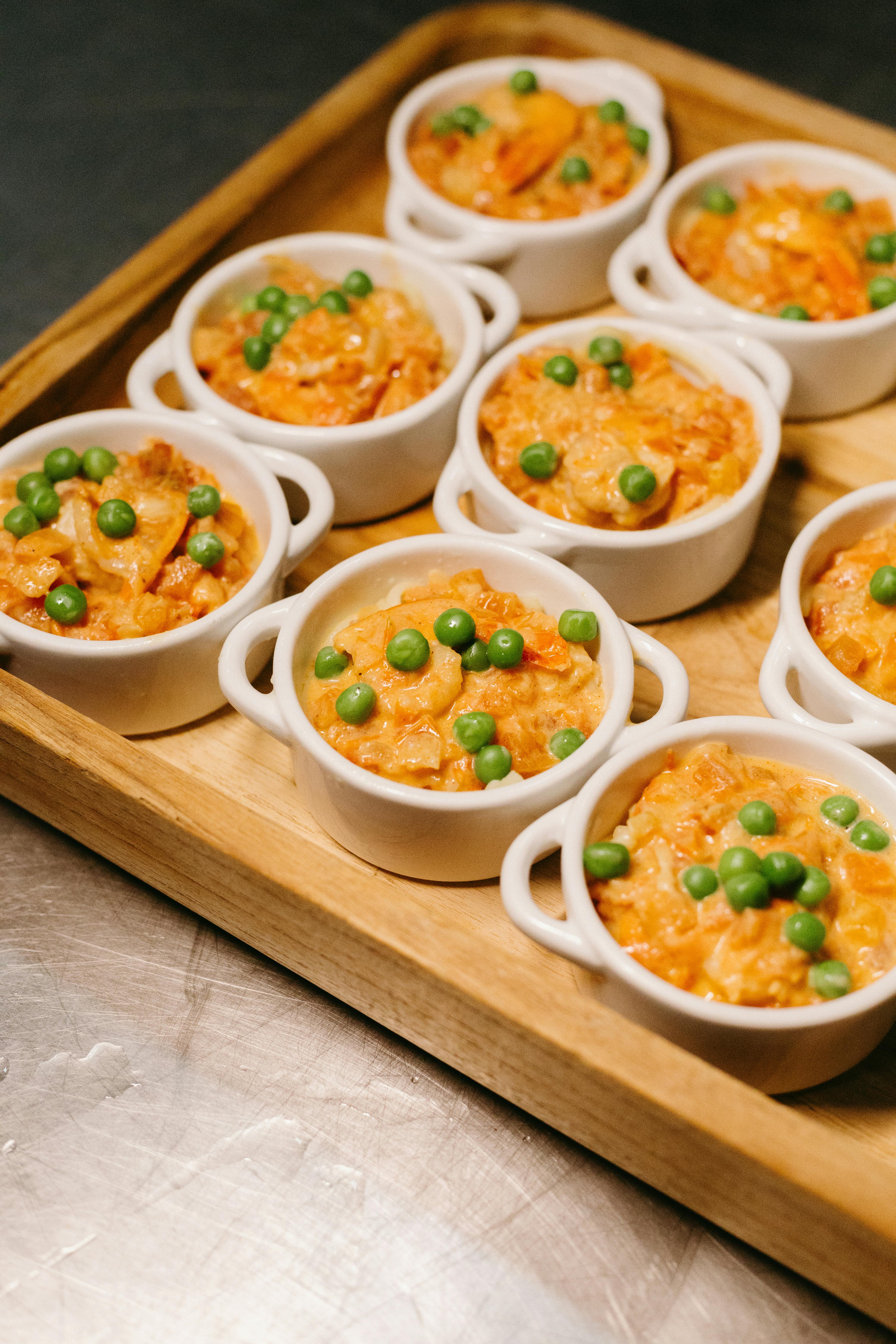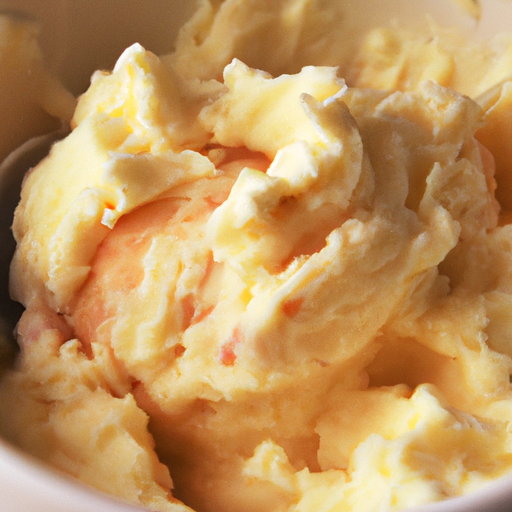In this article, you’ll discover the secrets to achieving the perfect mashed potatoes – creamy and entirely free of lumps. No more struggling with uneven textures or disappointing results. With Tastepan’s expert cooking tips and techniques, you’ll be able to elevate your mashed potato game to a whole new level. Whether you’re a beginner or a seasoned chef, our comprehensive guides and videos will provide you with all the knowledge you need to become a master in the kitchen. Say goodbye to those clumpy mashed potatoes and hello to a smooth and velvety experience that will leave you and your guests craving for more.

Choosing the Right Potatoes
When it comes to making the perfect mashed potatoes, it all starts with choosing the right potatoes. There are various varieties of potatoes available, each with its own unique qualities that can affect the final texture and flavor of your dish.
Some popular varieties for making mashed potatoes include Russet, Yukon Gold, and red potatoes. Russet potatoes are starchy and have a dry texture, making them ideal for achieving a fluffy and light mashed potato. Yukon Gold potatoes, on the other hand, have a more buttery and creamy texture, which can result in a smoother and velvety mashed potato. Red potatoes have a lower starch content and a waxy texture, which can make them less suitable for mashing as they tend to become gluey.
Ideal Texture
The ideal texture for mashed potatoes is creamy and lump-free. To achieve this, it is important to select the right potatoes and cook them to the perfect level of tenderness. Overcooked potatoes can become mushy and result in an undesired texture, while undercooked potatoes can be lumpy and difficult to mash smoothly.
To ensure a creamy texture, it is recommended to boil the potatoes until they are fork-tender. This means that a fork can easily pierce through the potato without much resistance. This will ensure that the potatoes are cooked through and soft enough to be easily mashed without becoming mushy.

Avoiding Waxy Potatoes
When making mashed potatoes, it is generally best to avoid using waxy potatoes like red potatoes. Waxy potatoes have a high moisture content and a firm texture, which can result in a gluey and dense mashed potato. These types of potatoes are better suited for dishes like roasted or boiled potatoes, where their texture holds up well.
If you prefer a lighter and fluffier mashed potato, opt for starchy varieties like Russet or Yukon Gold potatoes. These types of potatoes have a higher starch content, which helps create a light and fluffy texture when mashed.
Preparing the Potatoes
Once you have chosen the right potatoes for your mashed potatoes, it’s time to prepare them for cooking. There are a few steps to consider when getting your potatoes ready.
Peeling vs. Leaving the Skin On
One key decision to make when preparing your potatoes is whether to peel them or leave the skin on. The skins of potatoes can add a nice texture and flavor to mashed potatoes, especially if using varieties like Yukon Gold, where the skins are thinner and more tender. However, if you prefer a smoother and more uniform mashed potato, peeling the potatoes is the way to go.
Cutting the Potatoes
Before cooking the potatoes, it’s important to cut them into evenly sized pieces. This will help ensure that they cook evenly and are all ready at the same time. It is recommended to cut the potatoes into 1-inch cubes for boiling. This size allows for easier and quicker cooking.
Rinsing and Soaking
After cutting the potatoes, it’s a good idea to rinse them under cold water. This helps remove any excess starch that can make the mashed potatoes gluey. Additionally, some cooks recommend soaking the cut potatoes in cold water for about 30 minutes before boiling. This step can help further remove starch and make the potatoes fluffier when mashed.

Boiling the Potatoes
Boiling the potatoes is the next step in creating the perfect mashed potatoes. Properly cooking the potatoes ensures that they are tender enough to be easily mashed.
Adding the Potatoes to Cold Water
When boiling the potatoes, it’s best to start with cold water. This allows the potatoes to cook more evenly and prevents the exterior from getting mushy while the interior remains undercooked. Place the cut potatoes in a large pot and cover them with cold water, making sure there’s enough water to fully submerge the potatoes.
Adding Salt to the Water
Adding salt to the water when boiling potatoes is not only for flavoring but also helps to enhance the taste of the potatoes. It’s best to add salt to the water before boiling rather than after, as it allows the potatoes to absorb the salt and adds flavor throughout.
A general rule of thumb is to add about 1 tablespoon of salt per gallon of water, but you can adjust according to your taste preferences. Be mindful not to oversalt the water, as you can always adjust the seasoning later when mashing the potatoes.
Cooking Until Fork-Tender
Once the potatoes are in the pot and the water is salted, bring the water to a boil. Reduce the heat to a simmer and cook the potatoes until they are fork-tender. This typically takes about 15-20 minutes, but the cooking time may vary depending on the size and type of potatoes.
To check if the potatoes are done, use a fork or a knife to pierce one of the potato cubes. If it easily goes through without much resistance, the potatoes are ready to be drained.
Draining and Drying the Potatoes
After boiling the potatoes to fork-tender, it’s time to drain the excess water and dry them out slightly. This step helps ensure that the mashed potatoes don’t become too watery and can easily absorb the butter and cream.
Using a Colander
To drain the potatoes, place a colander or a large sieve in the sink. Carefully pour the cooked potatoes into the colander, allowing the hot water to drain away.
Letting Them Sit in the Colander
Once drained, let the potatoes sit in the colander for a few minutes to allow any remaining water to evaporate. This short resting period helps remove excess moisture and prevents the mashed potatoes from becoming too watery.
Shaking off Any Excess Water
After the potatoes have rested in the colander, give them a gentle shake or two to remove any excess water. This will help further reduce the moisture content and ensure a creamy mashed potato texture.
Warming the Butter and Cream
Before mashing the potatoes, it’s important to warm the butter and cream to ensure easy blending and a smooth consistency. Cold ingredients can cause the mashed potatoes to become lumpy, so warming them beforehand is key.
Melting the Butter
Melt the desired amount of butter in a small saucepan over low heat until completely melted. Be careful not to burn the butter, as this can result in a bitter flavor. Alternatively, you can melt the butter in the microwave using short bursts of low heat, stirring in between until fully melted.
Heating the Cream
Similarly, heat the cream in a separate saucepan over low heat until it is warm but not boiling. Heating the cream helps to prevent it from curdling when mixed with the potatoes. Alternatively, you can warm the cream in the microwave in a microwave-safe bowl, again using short bursts of low heat, stirring in between.
Infusing Flavor with Herbs or Garlic
If you desire additional flavor in your mashed potatoes, you can infuse the butter and cream with herbs or garlic. Simply add your desired herbs or minced garlic to the butter or cream while heating, allowing the flavors to infuse. This step adds a delightful aroma and taste to the mashed potatoes.
Mashing the Potatoes
Now comes the satisfying part – mashing the potatoes to achieve that perfect creamy texture.
Using a Potato Masher
A potato masher is a traditional tool used for mashing potatoes. Simply transfer the drained and slightly dried potatoes to a large mixing bowl and begin mashing them with the potato masher. Mash gently to avoid overworking the potatoes, as this can cause the texture to become gummy.
Avoiding Overmixing
It’s important to avoid overmixing the potatoes once they’ve been drained and mashed. Overmixing can lead to the release of excess starch, resulting in a sticky and gluey texture. Mash the potatoes just until they reach your desired level of creaminess, making sure to leave some small lumps for added texture if desired.
Adding Butter and Cream Gradually
As you mash the potatoes, gradually add the melted butter and warm cream to the mixture. This helps distribute the fats evenly throughout the mashed potatoes and ensures a smoother and more velvety texture. Pouring the butter and cream in gradually also allows you to control the consistency, adding more or less depending on your preference.
Achieving a Creamy Texture
For an extra creamy texture, using an electric hand mixer can be a game-changer.
Using an Electric Hand Mixer
If you’re looking for a truly velvety and fluffy mashed potato, consider using an electric hand mixer. Transfer the mashed potatoes to a large mixing bowl, then use the hand mixer on low speed to blend in the butter and cream. Be careful not to overmix with the electric mixer, as this can lead to a gummy and gluey texture. Mix just until the desired level of creaminess is achieved, keeping some small lumps for added texture if desired.
Whipping the Potatoes
Whipping the potatoes with an electric hand mixer helps incorporate more air into the mixture, resulting in a lighter and fluffier texture. This step is especially helpful if you prefer a smoother and silkier consistency to your mashed potatoes.
Adjusting Consistency with Cream
While whipping the potatoes, you can also adjust the consistency by adding more warm cream if needed. If the mashed potatoes are too thick, gradually pour in small amounts of warm cream while mixing until the desired creamy consistency is reached. Be cautious not to add too much cream, as this can make the mashed potatoes runny.
Seasoning the Mashed Potatoes
Proper seasoning is what elevates the flavor of mashed potatoes from good to outstanding.
Adding Salt and Pepper
Salt and pepper are essential seasonings for mashed potatoes. Taste the mashed potatoes and add salt and pepper to your liking, taking care not to oversalt. Start with small amounts and continue to adjust until the flavors are well-balanced. Remember that it’s easier to add more seasoning than to remove excess salt or pepper.
Incorporating Other Spices
If you’re feeling adventurous, you can incorporate other spices or herbs to enhance the flavor of your mashed potatoes. Some popular options include garlic powder, onion powder, paprika, or herbs like rosemary or thyme. However, be mindful not to overpower the natural taste of the potatoes and keep the additional spices or herbs balanced.
Balancing Flavors to Taste
The key to achieving perfectly seasoned mashed potatoes is to balance the flavors to your taste preference. It’s important to trust your palate and adjust the seasoning as needed. Mashed potatoes should have a good balance of savory and creamy flavors, so take the time to test and tweak until you achieve the desired taste.
Keeping the Potatoes Warm
To keep your mashed potatoes warm and ready to serve, there are a few techniques you can use.
Covering with Foil
Once the mashed potatoes are seasoned and mixed to perfection, cover the bowl with aluminum foil. This will help retain the heat and keep the mashed potatoes warm until you’re ready to serve.
Placing in a Warm Oven
Another option to keep mashed potatoes warm is to place the covered bowl in a warm oven. Set the oven to the lowest temperature setting, typically around 200°F (93°C), and keep the mashed potatoes in the oven until you’re ready to serve. Be careful not to leave them in the oven for too long, as they can dry out if exposed to heat for an extended period.
Using a Double Boiler
If you have a double boiler or a heat-safe bowl that fits snugly on top of a pot of simmering water, you can place the mashed potatoes in the top bowl and cover it with a lid. The gentle heat from the simmering water below will keep the mashed potatoes warm without drying them out.
Serving and Garnishing
Finally, it’s time to present your delicious mashed potatoes in an appealing manner.
Choosing the Right Dish
Selecting the right dish for serving mashed potatoes can enhance the overall presentation. Opt for a large serving bowl or platter with high sides to prevent the mashed potatoes from spilling over. You can also consider using individual ramekins or gratin dishes for an elegant touch.
Adding a Pat of Butter
For a finishing touch, add a pat of butter to the center of the mashed potatoes before serving. This will gently melt and create a glossy sheen on top, adding richness and flavor.
Sprinkling with Fresh Herbs
To add a pop of color and freshness, sprinkle the mashed potatoes with freshly chopped herbs like parsley, chives, or thyme. The vibrant green of the herbs will not only make the dish visually appealing but also elevate the overall taste.
By following these comprehensive steps and tips, you can create the perfect mashed potatoes every time. Enjoy the creamy and lump-free deliciousness that will impress your family and friends at any gathering. Whether it’s a holiday feast or a simple weeknight dinner, these mashed potatoes are sure to be a hit!

